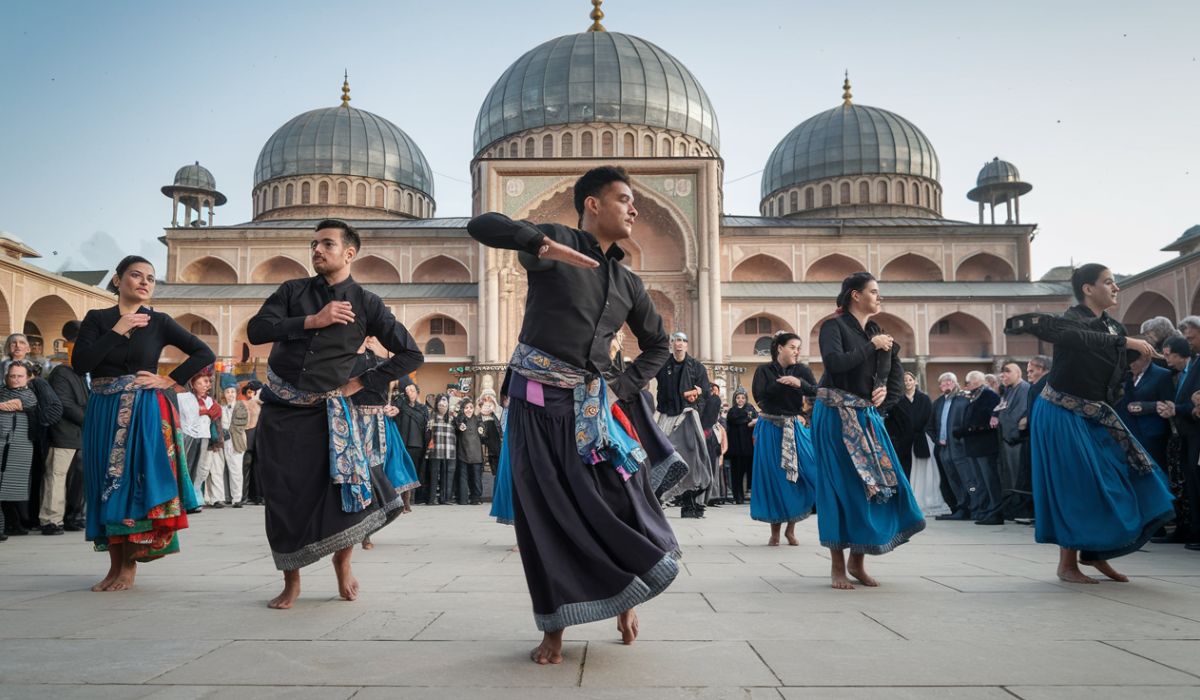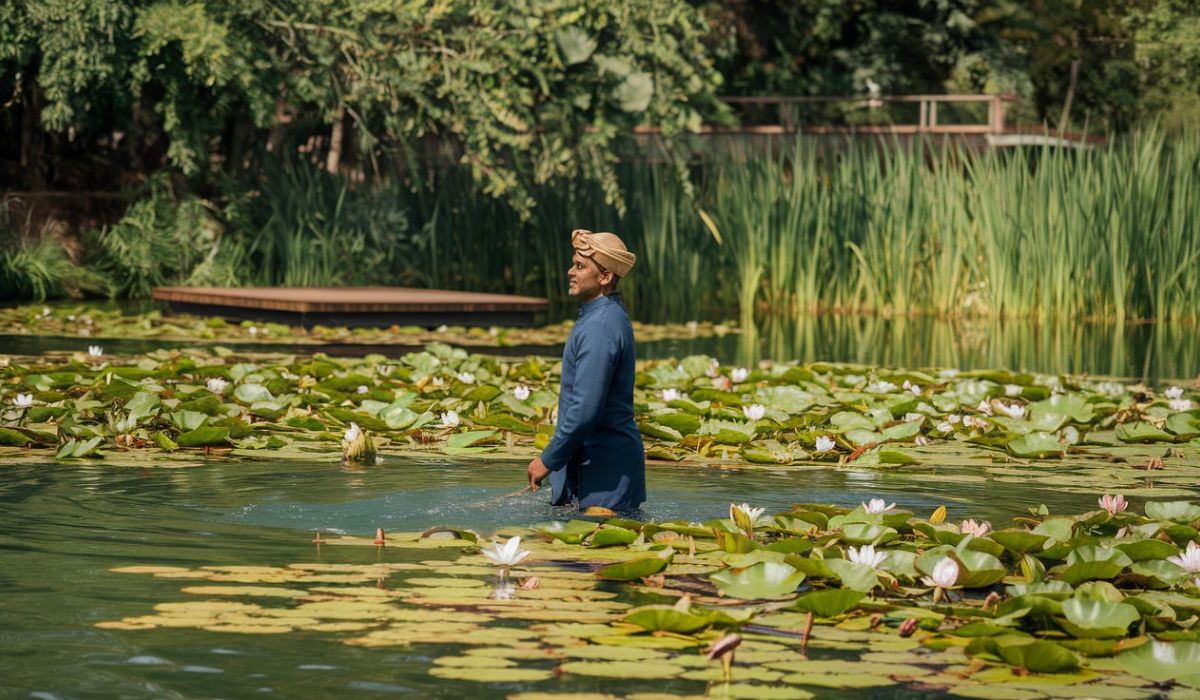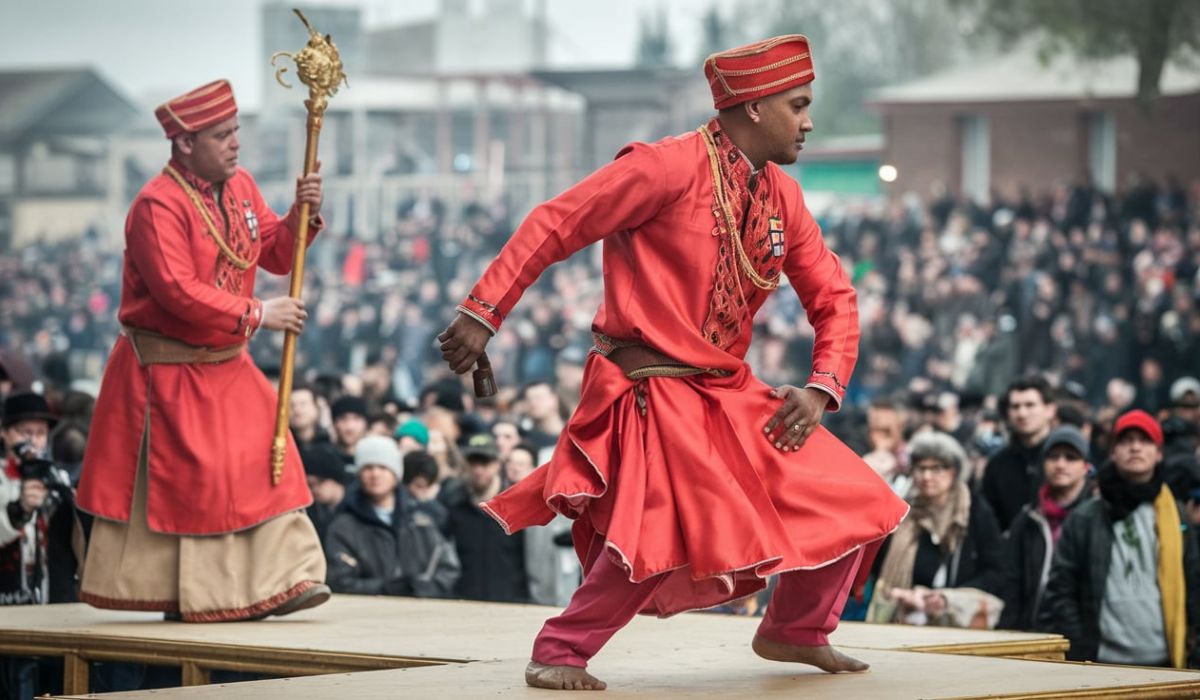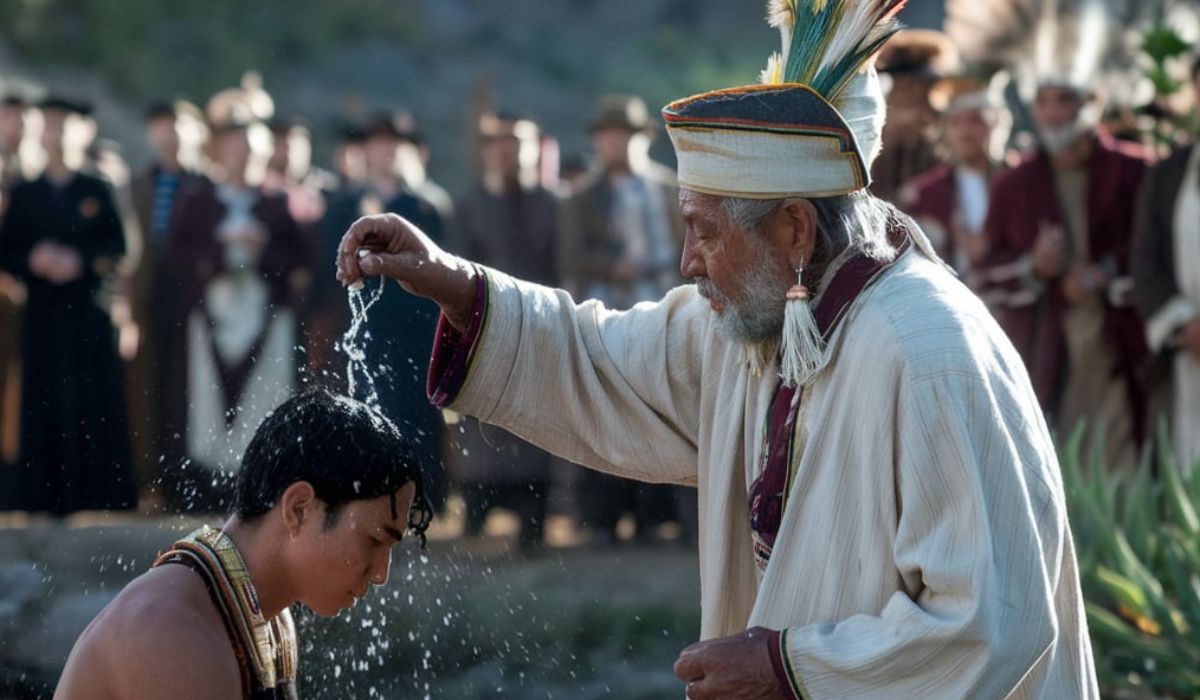Gardan Zani is a unique and solemn cultural tradition deeply rooted in the Shi’a Muslim communities, particularly observed during Muharram, a month of mourning that commemorates the martyrdom of Imam Hussain, the grandson of Prophet Muhammad. This ritual is one of intense devotion and is expressed through self-flagellation, symbolizing shared grief for the tragedy at the Battle of Karbala. While it remains a subject of varying opinions, gardan zani endures as a significant part of religious and cultural identity. So, what does this practice truly represent? And why does it continue to hold such importance?
In this article, we will explore gardan zani in depth, looking into its historical roots, cultural significance, and modern interpretations. By the end, you’ll gain insights into why this tradition persists and how it fits into the broader context of religious devotion and cultural heritage.
Introduction: Understanding Gardan Zani
Gardan zani refers to an act of ritualistic self-flagellation, carried out by some Shi’a Muslims during Muharram, particularly on the day of Ashura. This commemorative ritual honors the martyrdom of Imam Hussain and his followers during the Battle of Karbala in 680 AD. Participants engage in rhythmic self-flagellation using chains or blades, signifying both personal grief and solidarity with the suffering of Imam Hussain.
However, beyond the physical aspect, this act is deeply spiritual for participants. But what makes this centuries-old practice so enduring?
Historical Roots: Origins of Gardan Zani

The origins of gardan zani lie in the profound historical and spiritual trauma of Imam Hussain’s martyrdom at Karbala. His death symbolized a stand against injustice, making this event one of the most significant in Shi’a history. Over time, the grief and sorrow for this event manifested in various rituals—gardan zani being one of the more intense forms of physical mourning.
Though precise documentation of the ritual’s inception is scarce, it evolved as a way to tangibly express the emotional pain and sorrow felt by the Shi’a community. It became an act of turning inner grief into an outward, visible expression of devotion.
Spiritual Significance: The Deeper Meaning of Gardan Zani
For participants, gardan zani holds profound spiritual importance. It’s not merely a physical action but a symbolic re-enactment of the suffering endured by Imam Hussain and his followers. Through the physical act of self-inflicted pain, devotees feel a direct connection to the spiritual struggle and sacrifice of Imam Hussain.
The ritual also serves as a living representation of the values Imam Hussain fought for—justice, resistance to oppression, and the willingness to sacrifice for one’s principles. In this way, gardan zani becomes more than a ritual; it is a reaffirmation of these core values within the community.
Rituals During Muharram: The Role of Gardan Zani
Muharram, the first month of the Islamic calendar, is a time of deep mourning for the Shi’a community, with its pinnacle being the 10th day, known as Ashura. This day marks the anniversary of the Battle of Karbala, and the commemorations include numerous rituals such as majlis (mourning gatherings), marsiya (elegies), processions, and more physically expressive acts of grief like gardan zani.
These rituals are designed to unite the community in remembrance and collective mourning. Among these, gardan zani stands out as a powerful, visceral representation of grief and devotion, marking the physical and emotional intensity of the observance.
How Gardan Zani Is Performed
The performance of gardan zani varies across regions and communities, but it typically involves participants gathering in public or private spaces to rhythmically strike their backs with chains or sharp instruments. These strikes are synchronized with religious chants or laments, creating an atmosphere of intense emotion and collective mourning.
Though some participants may cause superficial injuries, safety precautions are generally observed to prevent severe harm. For many, the act is not about injury but about embracing the physical pain as a symbolic connection to Imam Hussain’s suffering.
Cultural Variations of Gardan Zani

The practice of gardan zani is widespread in several countries, including Iran, Iraq, Lebanon, and India, but its performance can vary significantly depending on cultural contexts. In some regions, more extreme forms of self-flagellation are observed, while in others, the ritual may be more symbolic, such as the striking of the chest, known as matam.
These variations reflect the diversity of practices within the Shi’a community and how the central message of mourning is interpreted differently across cultures.
Controversies and Debates Around Gardan Zani
Like many religious rituals, gardan zani has been the subject of debate. Critics argue that it promotes self-harm and extreme physical expression, while others defend it as a symbolic and meaningful act of mourning. Some Islamic scholars have called for a move away from physical expressions of grief, advocating for a more internal and reflective approach.
Despite the debates, for many participants, gardan zani is not about self-harm but about devotion, loyalty, and a powerful emotional connection to their faith.
Health and Safety Concerns
One of the primary concerns about gardan zani is the potential for injury. While most participants take steps to avoid serious harm, accidents can occur. In some regions, community leaders have implemented safety measures, such as using blunt instruments or encouraging alternative forms of mourning that do not involve physical injury.
Healthcare professionals are often on hand during larger commemorations to provide medical assistance if needed, ensuring the safety of participants.
Modern Interpretations and Alternatives

As modern sensibilities evolve, many younger generations of Shi’a Muslims have begun to seek alternative ways to honor Imam Hussain without engaging in self-flagellation. Acts of charity, community service, and intellectual discussions have emerged as new forms of tribute during Muharram, while still maintaining the core spiritual significance of the event.
This shift illustrates a broader trend of modernization within religious practices while preserving their deeper meanings.
Conclusion: The Legacy of Gardan Zani
Despite the controversies and evolving practices, gardan zani continues to play a significant role in the lives of many Shi’a Muslims. It represents a deeply personal act of faith, connecting participants to the enduring legacy of Imam Hussain and his fight for justice. While the physical expression of this devotion may evolve, the ritual’s core purpose—honoring sacrifice and resistance to oppression—remains a powerful cultural and religious symbol.
For many, gardan zani is not just a ritual but an enduring legacy that reinforces the collective memory and values of the Shi’a community.
FAQs About Gardan Zani
1. What is the purpose of gardan zani?
Gardan zani is a symbolic act of mourning for Imam Hussain, expressing shared grief and devotion to his cause.
2. Is participation in gardan zani mandatory?
No, it is a voluntary practice, with many other forms of mourning available, such as prayers and charitable acts.
3. What are the health risks associated with gardan zani?
There are potential risks if safety precautions are not followed, though many participants take measures to avoid serious injury.
4. Has gardan zani evolved over time?
Yes, modern interpretations include symbolic gestures and alternatives, such as community service, reflecting contemporary values.
5. Why is gardan zani considered controversial?
Some view it as a form of self-harm, while others see it as a profound act of faith and devotion, sparking debate within and outside the Shi’a community.
For More Visit, Thecelebrities






